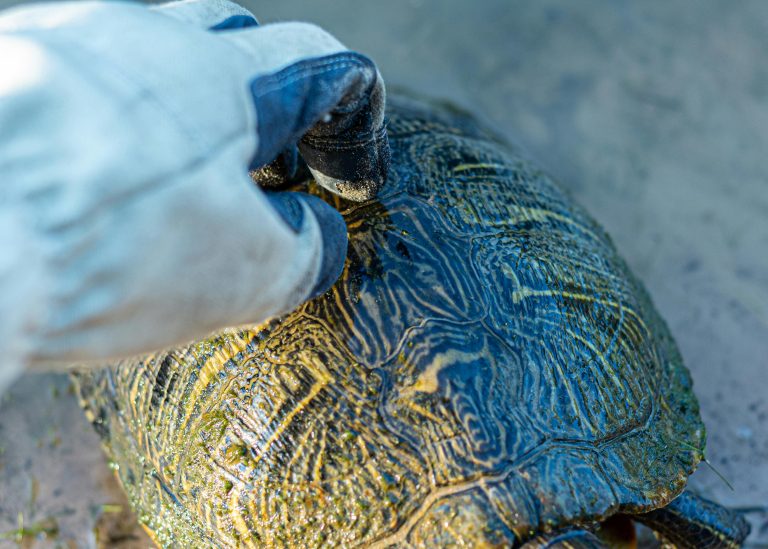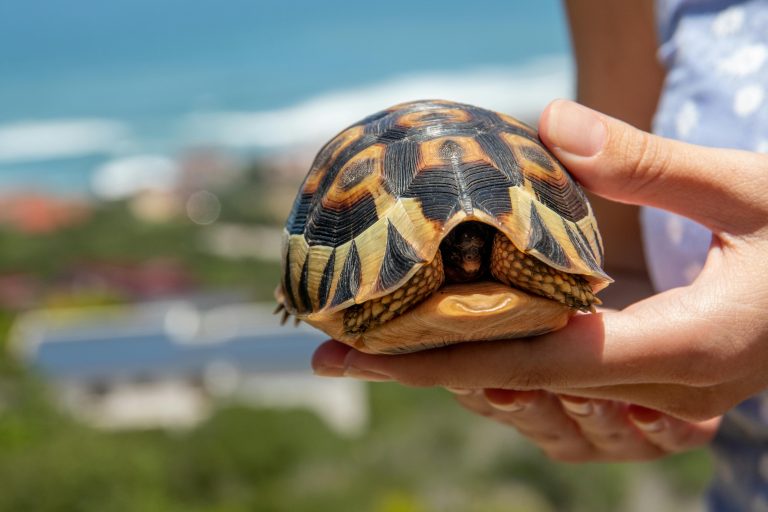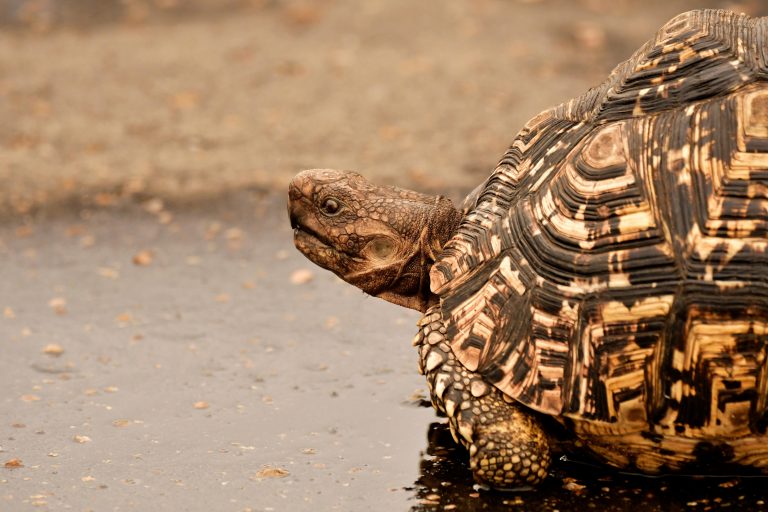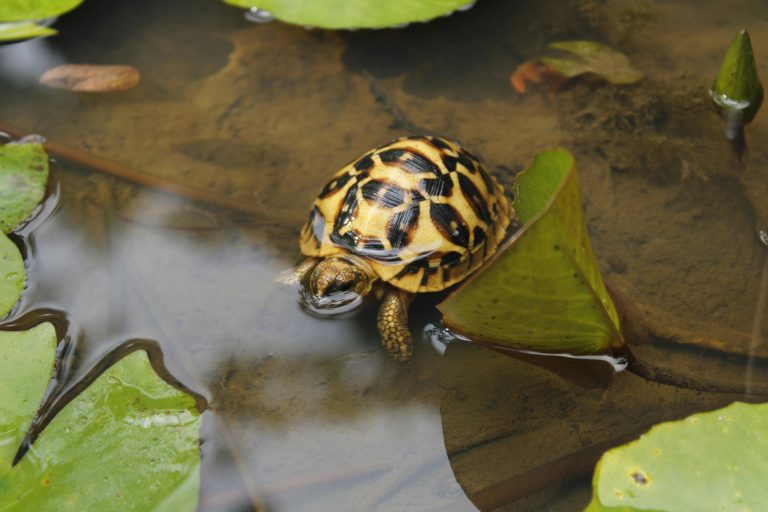Are Red Eared Sliders Invasive?
Are red-eared sliders invasive? It’s a question that might not have crossed your mind before, but the answer might surprise you. These creatures are indeed considered invasive, earning a spot among the top 100 most invasive species worldwide. What makes them so successful at spreading? Well, it’s their remarkable adaptability. Red-eared sliders can thrive in various environments, even brackish water.
Their ability to tolerate different conditions means they can wreak havoc on local ecosystems. They’re not picky eaters either, consuming everything from small fish to insects to water plants. When their numbers grow unchecked, they can disrupt the delicate balance of a pond or any water body they inhabit.
As an owner of a red-eared slider myself, I was astonished to learn about their impact on the environment. It’s a reminder that even our beloved pets can have significant consequences beyond our own backyard ponds.

What Is The Habitat Preference Of The Sliders?
Red-eared sliders have a particular fondness for natural freshwater habitats, including marshes, swamps, lakes, ponds, rivers, and streams. But they’re not picky; they’ll happily make themselves at home in manmade environments like park ponds/lakes, canals, and ditches too.
These turtles have a preference for calm waters with minimal current, opting for slow-moving bodies of water with soft bottoms. These environments provide ample opportunities for finding small fish and aquatic vegetation, which are staples in their diet. Additionally, having a nearby basking site is crucial for these sliders, as it allows them to regulate their body temperature effectively.
If you’re wondering where you might encounter these turtles, they’re particularly abundant in the Mississippi Valley, stretching from the Gulf of Mexico up to Illinois. They also thrive in the Cumberland River valleys of Tennessee, spanning from Alabama to Virginia and Kentucky.
Why Sliders Are Increasing In Nature?
Imagine a picturesque scene: a row of red-eared sliders basking lazily under the warm sun by the tranquil lake. It sounds idyllic, doesn’t it? But here’s the unfortunate truth: in many cases, those turtles aren’t enjoying a carefree existence—they’re abandoned pets.
Red-eared sliders, with their potential lifespan of up to 50 years and ability to grow up to 30 cm or 12 inches in length, often outlive their owners’ ability to care for them. It’s a sad reality that sometimes owners find it difficult to commit to a lifetime of care for their pets. Instead of responsibly finding them new homes or shelters, many owners opt for a troubling solution—they release them into nearby ponds and lakes.
According to a report by the California State Government, approximately six species of turtles are abandoned or released into the wild by their owners. While domestically raised turtles may struggle to survive in the wild, red-eared sliders are a different story. They possess a remarkable ability to adapt to wild environments. Among other species, sliders are capable of thriving in the wild. An interesting fact is that male sliders are particularly adept at finding females, leading to reproduction and an increase in their numbers. If abandoned sliders manage to endure the challenges of the wild, their population begins to swell.
It’s a reminder of the impact human actions can have on the natural world. Responsible pet ownership involves making a lifelong commitment to care for our animal companions, ensuring they live happy, healthy lives.
How The Red-Eared Sliders Come To The Owners?
The journey of red-eared sliders from their natural habitats to becoming pets is surprisingly straightforward. Much like my own experience, these turtles are continually introduced to new areas through both the international and domestic pet trade.
It’s staggering to think about the scale of this trade. Between the years 1989 to 1997 alone, over 52 million sliders were exported from the United States to international markets. This influx of turtles into various regions has undoubtedly contributed to their widespread presence as both beloved pets and potential environmental disruptors.
How The Sliders Affect Nature?
The abundance of red-eared sliders can indeed have profound negative impacts on the natural environment and aquatic ecosystems. Let’s explore some of these consequences:
Negative Impact on Other Turtle Species:
Red-eared sliders possess attributes that give them an edge over native turtle species. They mature at a younger age, are more aggressive, have larger bodies, and are highly productive. Studies have shown that they have a higher success rate in competing for resources such as food, nesting sites, and basking spots. This competitive advantage can lead to the decline or extinction of native turtle species as red-eared sliders proliferate.
Furthermore, transitioning from domestic to wild environments can expose sliders to respiratory problems, which can then spread to coexisting turtles in lakes. This not only poses a health risk but also disrupts nesting sites, food availability, and basking habitats for other turtles.
Negative Impact on Prey/Food Items:
As omnivores, red-eared sliders, especially juveniles, have a significant impact on the availability of aquatic prey and food items. Their consumption patterns can pose a threat to various rare animals, including amphibians, if their numbers increase unchecked.
Negative Impact on the General Aquatic Ecosystem:
Red-eared sliders can also disrupt the balance of the aquatic ecosystem. They pose a potential threat to nesting water birds, as an increase in their population can lead to the overtaking of nests for basking purposes. This can result in damage to eggs and the predation of hatchlings.
In summary, the proliferation of red-eared sliders poses a significant risk to the overall health and stability of aquatic environments. Efforts to control their population are crucial to mitigating these negative impacts and preserving the biodiversity of these ecosystems.

What Is An Effective Method Of Control?
Controlling the population of red-eared sliders can indeed be a daunting and costly task. However, many countries have recognized the importance of addressing this issue and have implemented laws and strategies to manage their numbers.
One approach involves regulating the possession and release of red-eared sliders to prevent further proliferation. Additionally, pet shelters play a crucial role by collecting eggs and capturing adult turtles, providing them with proper care and preventing them from being released into the wild.
In regions like California, where the red-eared slider population is particularly high, authorities have taken proactive measures such as catching and sterilizing turtles to curb their numbers. Similarly, in Australia, sick sliders are euthanized, while juveniles are sterilized to prevent further breeding.
These measures, although challenging, have proven effective in managing the red-eared slider population while minimizing resource expenditure and time. By implementing such strategies, we can work towards maintaining the balance of our ecosystems and protecting native species from the negative impacts of invasive turtles.





